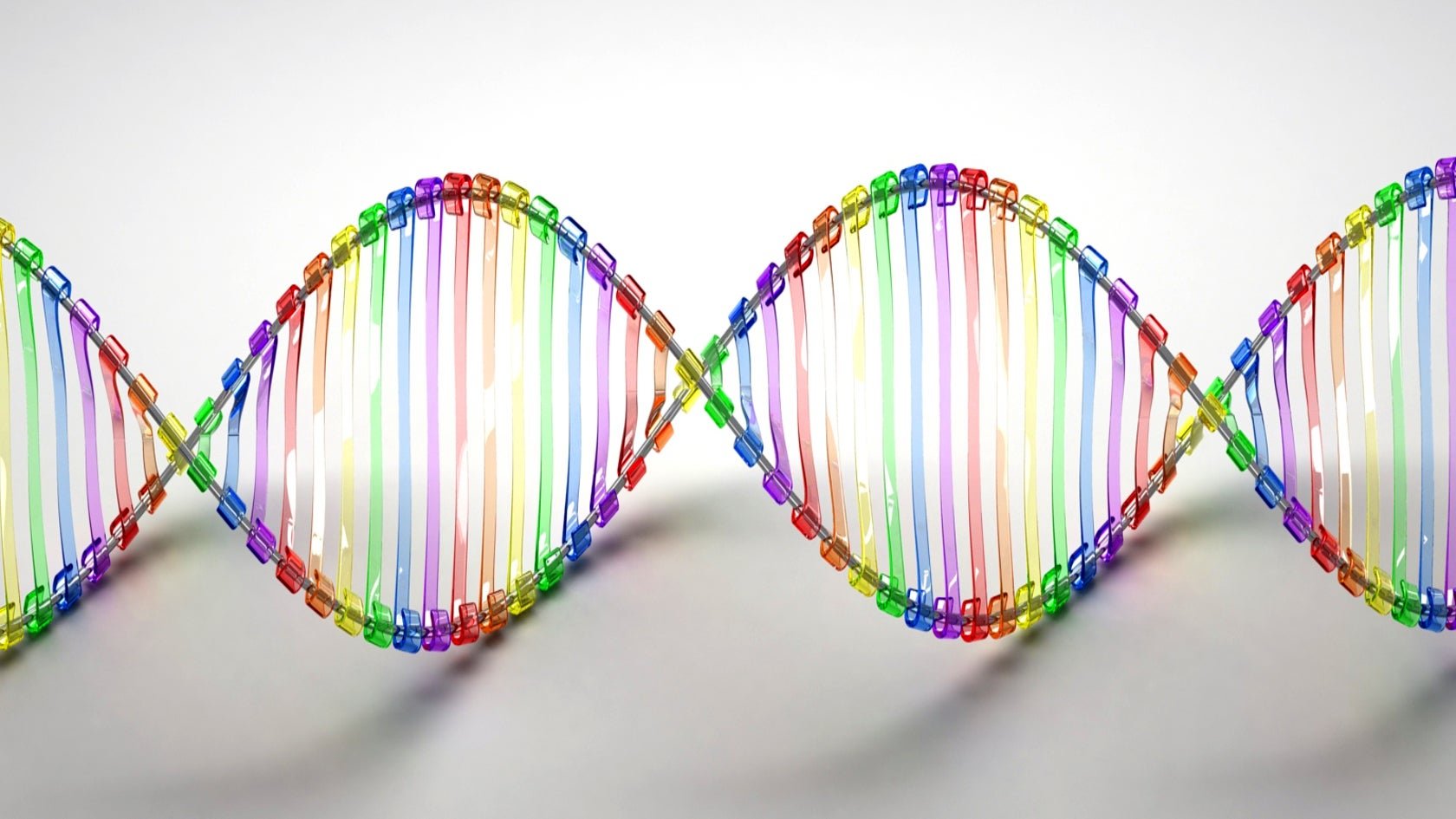Scientists have achieved a 60-year-old dream to engineer life with an alien genetic code
All of life, as we know it, is created from the same four letters: A, T, G, and C. These letters form the basis of DNA, and the way they are laid out in our genetic code is what makes you unique from the trillions of other life forms on Earth.


All of life, as we know it, is created from the same four letters: A, T, G, and C. These letters form the basis of DNA, and the way they are laid out in our genetic code is what makes you unique from the trillions of other life forms on Earth.
But what if we were to add just two more letters to the mix? Imagine adding two new letters to a language that only has four letters: The possibilities are immense.
That’s exactly what biologist Floyd Romesberg at the Scripps Research Institute and his colleagues hoped to test. And in a feat of bioengineering, his team has created new and thriving semisynthetic organisms with DNA consisting of letters A, T, G, and C plus new ones: X and Y.
Romesberg believes that this breakthrough will create a toolkit for biologists to create new living organisms that can do things we’ve yet to dream of. The implications of such technology for society are on the same scale as those that have come from genetically engineering crops, the benefits of which have included boosted crop yields.
“The ability to tailor life to perform ‘unnatural’ functions raises limitless possibilities,” Romesberg said. ”We could develop organisms that ‘eat’ oil and clean-up an oil spill, or maybe cells that migrate to specific tissues or organs and then secrete drugs only within those tissues.”
It’s been a long journey to get here. The four letters of the genetic code were discovered in the late 19th century, but it took until the 1950s for scientists to understand the structure of DNA and how the code created life in its myriad forms. Since then, scientists have been thrilled by the idea of finding ways to manipulate the genetic code, by adding new letters to it, for example. But they knew that this type of research would be a battle. After all, life on Earth has evolved over billions of years and is unlikely to budge easily.
The first success came in 1989, when a Swiss research group modified the letters chemically, although they failed to add completely new ones. Romesberg wanted more. His first attempt came in 2008, when he published a list of 60 “candidate” letters. He based these candidates loosely on the understanding of how the original four letters worked and then used chemical modeling to create variations.
After crossing off the candidates in hundreds of failed experiments, Romesberg ended up with four letters that seemed to work well under the variety of chemical conditions that natural DNA has to face in a living cell. In 2014, Romesberg added two of those four candidate letters to E. Coli microbes. But these organisms quickly died.
That process has now been fixed, and is detailed by Romesberg and his team in a study published in the Proceedings of the National Academy of Sciences.
To achieve this feat, they had to overcome a few problems. The first was to develop a more optimal way to deliver the new letters to the DNA of the microbes being studied. The method they used is similar to one used to cure certain genetic defects in adult humans. They then engineered the bacterial immune system of the microbe to eliminate DNA that did not contain the new letters. With enough supply of X and Y, these tweaks allowed the organism to retain the new letters in their genetic code and survive to pass on the genetic information to next generations.
It’s a significant step, but we’re a long way from fulfilling Romesberg’s dream of building organisms that can complete tasks no natural organism can. First, he needs to find a way to allow the cell to create its own X and Y letters, just like it makes its own A, T, G, and C. Next, he needs to get the cell’s machinery, which has evolved over billions of years to understand the original genetic letters, to not just recognize X and Y, but also use the letters to make the building blocks of cellular life, like, say, proteins. And, in doing all that, Romesberg needs to ensure that engineering such unnatural species does not cause unintended consequences, such as genes passing unchecked to another species, a concern with any form of genetic engineering.
He’s clearly ready to take on the challenge, and has already created a biotech company called Synthorx to develop applications.
Additional reporting by Katherine Ellen Foley.